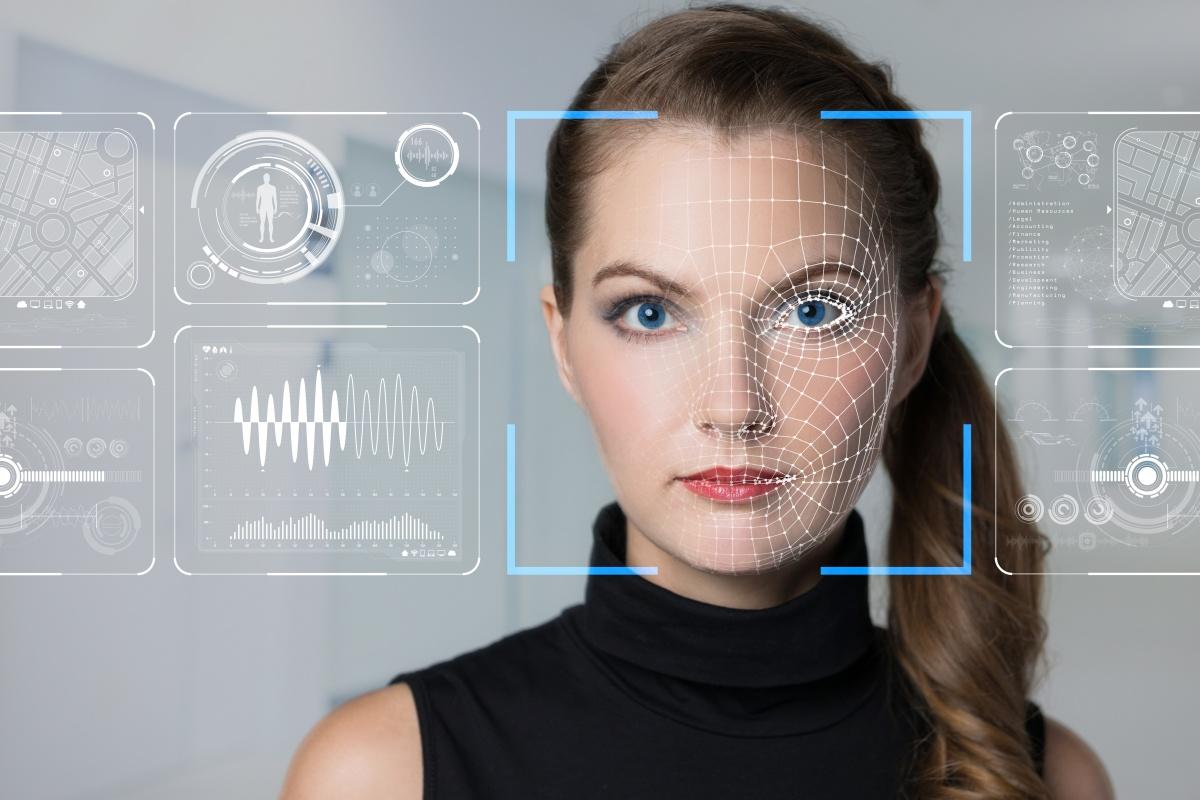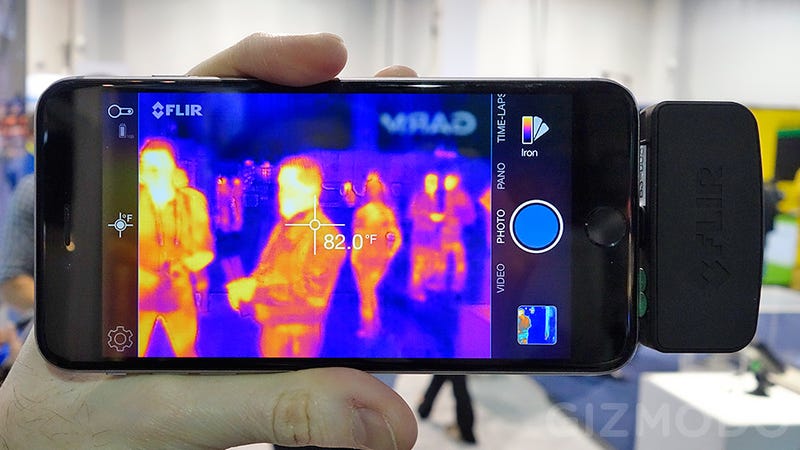 |
| androidpit.com |
This device took 10 hours to charge and the talk-time you got was only 30 minutes! In India, the first mobile call was made on 31 July 1995, between Writer’s Building in Kolkata and Sanchar Bhavan in New Delhi when the then Union Telecom Minister Sukh Ram spoke to the then Chief Minister of West Bengal Jyoti Basu. Just about twenty years back the mobile was a symbol of luxury in India.
Most people had not even seen one, let alone own it. A new mobile phone was a coddled member of the family though it delivered only 1 service – permitting the user to call while on the go. Even the smallest of animations on the black and white display seemed amazing, and the monophonic ringtones were catchy enough for that time. Issues like heating of the phone, application hanging, etc. were unparalleled during those days, and the market for mobile phone accessories was yet in its infancy. Today, however, mobiles are no more exclusivity, they have become a necessity.
They have transformed into an amalgamation of the camera, calculator, ATM, map, photo album, jukebox, newspaper, television, discussion, and chat forum, and so on, all in one place. They act as a professional camera, wallet, ATM, dictionary, home-theatre, navigator, computer, mirror, torch and much more. We are not just reading newspapers, ordering food, checking emails, making presentations on them, but also undertaking monetary transactions. No wonder, the quantity of mobile devices has already exceeded the number of persons on Earth.
Today, you can find a mobile network tower even in the remotest, harshest, and most hostile terrains on the Earth. Mobile phones are fast changing into our virtual identity within the world and losing one or falling into the wrong hands can be devastating. However, the benefits and merits still far outweigh the risks associated with them. Let us take a look at some of the state-of-the-art features of today’s revolutionary smartphones.
Privacy and Security
The mobile phone nowadays isn't simply getting used for communications, social relationships, and entertainment but also to perform digital and online transactions leading to enormous growth of confidential data stored in and processed by the phone. Personal information security has become a problem of concern. For years, the password was the sole secured method of authentication however currently passwords are a lot easier to hack and tougher to recollect. Smartphone companies are therefore replacing these traditional passwords with biometrics like fi fingerprint scanners, facial recognition, iris scanner, voice recognition, etc.Voice Recognition Biometrics:
 |
| starlinkindia.com |
The frequency spectrum of the speech signal is encoded and stored in the internal system memory. The sound signal is digitized and then the digitized signal is compared to previously recorded samples held in a database to find the closest match. The result's an easy yes/no call on whether or not the speaker has been known.
Both acoustic modeling and language modeling are necessary components of recent speech recognition algorithms. Hidden Markov models, artificial neural networks, Dynamic Time Warping (DTW), Statistical models of spoken language, End-to-End automatic speech recognition are some of the tools used in voice recognition biometrics.
Facial Recognition:
 |
| smartcitiesworld.net |
Fingerprint Scanners:
 |
| cnet.com |
The technology uses an ultrasonic transmitter and a receiver. An ultrasonic pulse is transmitted against the finger. Some of these pulses are absorbed and a few of it's bounced back to the sensor, depending upon the ridges, pores and other details that are unique to each fingerprint.
Vivo has developed “in-display fingerprint scanning technology”, which is optical-based and uses an ultra-sonic sensor. The OLED display panel of the phone emits light to illuminate the fingerprint and the lit-up fingerprint is then reflected in an in-display fingerprint sensor and authenticated. As the fingerprint scanner is made into the display there’s no need for a physical key on the front of the phone.
Iris Scan:
 |
| sciencefocus.com |
Sensors Used in Smartphones
 |
| gizmodo.com |
Proximity Sensor:
This is able to detect the nearby objects without any physical contact and is placed close to the earpiece of the mobile. It consists of an Infrared LED and IR light detector. The IR LED emits invisible light and when the light is reflected, the IR light detector detects the reflected light and the system will know that there is an object nearby.Accelerometer and Gyroscope:
The accelerometer determines the orientation of the device. Gyroscope does the same but with greater precision. An accelerometer measures the linear acceleration of movement, while a gyro measures the angular rotational velocity. The data helps the phone’s software system to determine in which direction the phone is and rotates the screen accordingly. These sensors are used for Virtual Reality (VR) applications, 360° videos, games, and many other applications.Ambient Light Sensor:
This sensor detects the amount of light and is used to set automatic brightness within the device. When the ambient light is more the display brightness will increase and when it's dark display brightness decreases.GPS:
It is very hard to imagine any smartphone without a GPS service. Global Positioning System in mobile phones is used to work out where you're. The system navigates by suggests that of a map with help from GPS satellites. GPS receivers in phones are passive devices and determine the position using data from at least three GPS satellites and also the receiver through trilateration. The data is transmitted via radio signals. Trilateration uses the distance between the satellites and therefore the receiver to create overlapping “spheres” that intersect in a circle. The intersection is your location on the ground.Barometer:
Higher-end phones have an inbuilt barometer – a sensor that will measure atmospheric pressure. This sensor is used to determine how high the device is above sea level, which in turn results in improved GPS accuracy.Magnetometer:
This is the digital compass that shows the direction. With its ability to sense magnetic fields, it points to the compass relative to the Earth’s magnetic north pole.Touchscreens:
They are the most commonly used input device in mobile phones nowadays. They replaced the button system in phones. They are of 4 types – resistive, capacitive, surface acoustic wave and infrared touch.1. Resistive touchscreens:
It consists of two layers (one resistive and one conductive). An electric current is consistently sent through the layers. When the user touches the screen, the two layers make contact with each other and cause a change in the electric current. This change is measured and registers the location of the contact made.2. Capacitive touchscreens:
It consists of a single capacitive layer that stores a continuing charge. When the user touches the screen the charge on the screen decreases and this change is measured.3. Surface Acoustic Wave:
It doesn't have any layer instead uses a transducer placed along the sting of the glass that sends an ultrasonic wave across the glass. A receiver on the other end receives the waves. The two transducers are placed along the X and Y-axis of the screen. When the user touches the screen, then it disturbs the waves and position of the disturbance computed to register the location of the input.4. Infrared touchscreens:
This technology consists of photodetectors and infrared led that are aligned vertically and horizontally. When the user touches the screen, the infrared rays will be disturbed and therefore the photodetectors register the location of the disturbance.Integrated Camera
 |
| gizmodo.com |
VGA camera:
VGA stands for Video Graphics Array that typically has a visual graphic size of 640 x 480 pixels (equivalent to about 0.3 MP). These are the most basic fl ashless cameras that take bluish overexposed images. It is the standard resolution for camera sensors, displays, photos, and videos. With the arrival of high-megapixel cameras, VGA is now outdated visual technology.MP Cameras:
MP or Megapixel (one million pixels) is the measurement of the imaging sensing capacity of a camera. Pixel standing for the element is the basic unit of programmable color on the electronic display. The higher the number of pixels, the better is the resolution of the image. For example, a 3 MP camera covers an area nine times as massive as lined by a 1 VGA camera. 1.3 MP camera contains a scanning space of 1280 x 960 pixels.LED Flash:
Camera phones are currently expected to take quality photos in low-light conditions too. There is, therefore, a need for an illumination source that does not rapidly drain the cell phone’s battery. This gave birth to phones with a basic flash.Dual Lens Cameras:
 |
| samma3a.com |
enable an ultra-wide-angle mode or simply help you take photos with a shallow depth of field to create the subject stand out. It can also help you add 1x or 2x optical zoom to the phone.
Screens and Displays
| dailymail.co.uk |
Pixels per inch (PPI):
PPI is the measure of pixel density or resolution of the screens of your gadgets. The more the number of pixels the better is the resolution. From the Nokia 5110 (1998) to Apple’s iPhone 6S Plus (2015), which is 514 times clearer than the former, screen resolutions have come a long way in the past two decades. Nokia 5110, the popular phone in the 1990s had only 65 PPI, enough to show about 90 characters on the screen. The blackberry pearl 1800 in the mid-2000s had 161 PPI, which is 15 Nokia 5110 screens. Moto X 1st gen (released in 2013) phone’s screen was similar to 228 Nokia screens with 316 PPI.Liquid Crystal Display:
LCD, short for Liquid Crystal The display is the technology behind most of the screens today. Liquid crystals have associate ordered crystalline structure with elongated molecules bound in specific directions which will flow like a liquid. LCD works on the principle of interference light instead of emitting it.
Earlier LCD screens are used to have a passive matrix, known to appear blurry when images moved quickly on the screens. Modern phones have an active matrix variety which contains Thin-Film Transistors (TFTs) and are cheaper.
TFT-LCDs:
 |
| adafruit.com |
IPS-LCD:
IPS stands for In-Place Switching in which liquid crystals are aligned in a plane parallel to the glass substrates. This is another liquid crystal display technology that improves on TFT-LCDs. It highlights two transistors for each pixel. IPS-LCDs have wider viewing angles and better color reproduction. Lower power consumption results in a much-improved battery life. IPS-LCDs are costlier than normal TFT-LCD and hence are found in mid-range to higher-end smartphones.OLED:
OLED (Organic Light-Emitting Diode) is a newer display technology for mobiles and monitors. It consists of an organic layer sandwiched between two conducting sheets (an anode and a cathode) with a glass plate at the top (seal) and bottom (substrate). The carbon-based organic material emits electro-luminescent light when electricity is applied across the two conducting sheets. The panel is much thinner as it does not require backlight and filters. OLEDs are superior to LCDs in their exceptional color reproduction, blazing-fast response times, wider viewing angles, higher brightness, and extremely lightweight designs.AMOLED:
Abbreviated for Active-Matrix Organic LightEmitting Diode, AMOLED displays are a kind of OLED displays for mobiles. AMOLED screens have all the attributes of an OLED display like a good color copy, lightweight, higher battery life, higher brightness, and sharpness. AMOLED displays are currently entering into the thought and most of the latest higher-end smartphones are currently coming with AMOLED displays.Super AMOLED:
 |
| expertreviews.co.uk |
Retina Display:
 |
| idgconnect.com |
Gorilla Glass:
/cdn.vox-cdn.com/uploads/chorus_image/image/50165647/DSC01538.0.0.jpg) |
| theverge.com |
Smart Storage
 |
| avepoint.com |
Interestingly, the internal storage capacity of mobiles started expanding much after the micro SD card became a common accessory. Inevitably, with the development of the web and electronic media, the demand for storage capacity also increased. There are various varieties of memory storage in a mobile, but the two main memory types are RAM and ROM. Random Access Memory (RAM) is a memory which is accessible quickly to the processor but is temporary. RAM in mobile phones speeds up their functioning, and the more the RAM the faster the phone applications will execute.
The concept of cloud storage has also gained much popularity – this does away with the necessity to stock up a number of pen drives. The idea is to link your phone’s memory storage to your online account and upload the contents with the help of the Internet. So even if you lose your mobile, your important data like contacts, photos, documents, etc. stay safe and accessible through your online ID.
The Bottomline
Today, the smartphone isn't only the most effective survival tool in the international world, but it is also the most influential gadget to make the global world local. The beauty of its practicality lies in its sheer simplicity. You don’t need to be a tech-savvy teenaged or a gizmo geek to use its features. Thanks to the space age software and operating systems in mobiles, you don’t even need a computer anymore to make presentations, check e-mails, and edit documents.‘Being connected’ is not any a lot of the aim of keeping a smartphone, when there is a myriad of things to do whether for learning or leisure. Whether to learn from and utilize this pocket gadget or to get caught in the cobwebs of time-killing applications are however entirely up to you. The smartphones will continue to become smarter even if we don’t, and the least we can do as users are to be aware of their features as well as their flaws!





0 Comments
Please do not enter any spam link in the comment box.